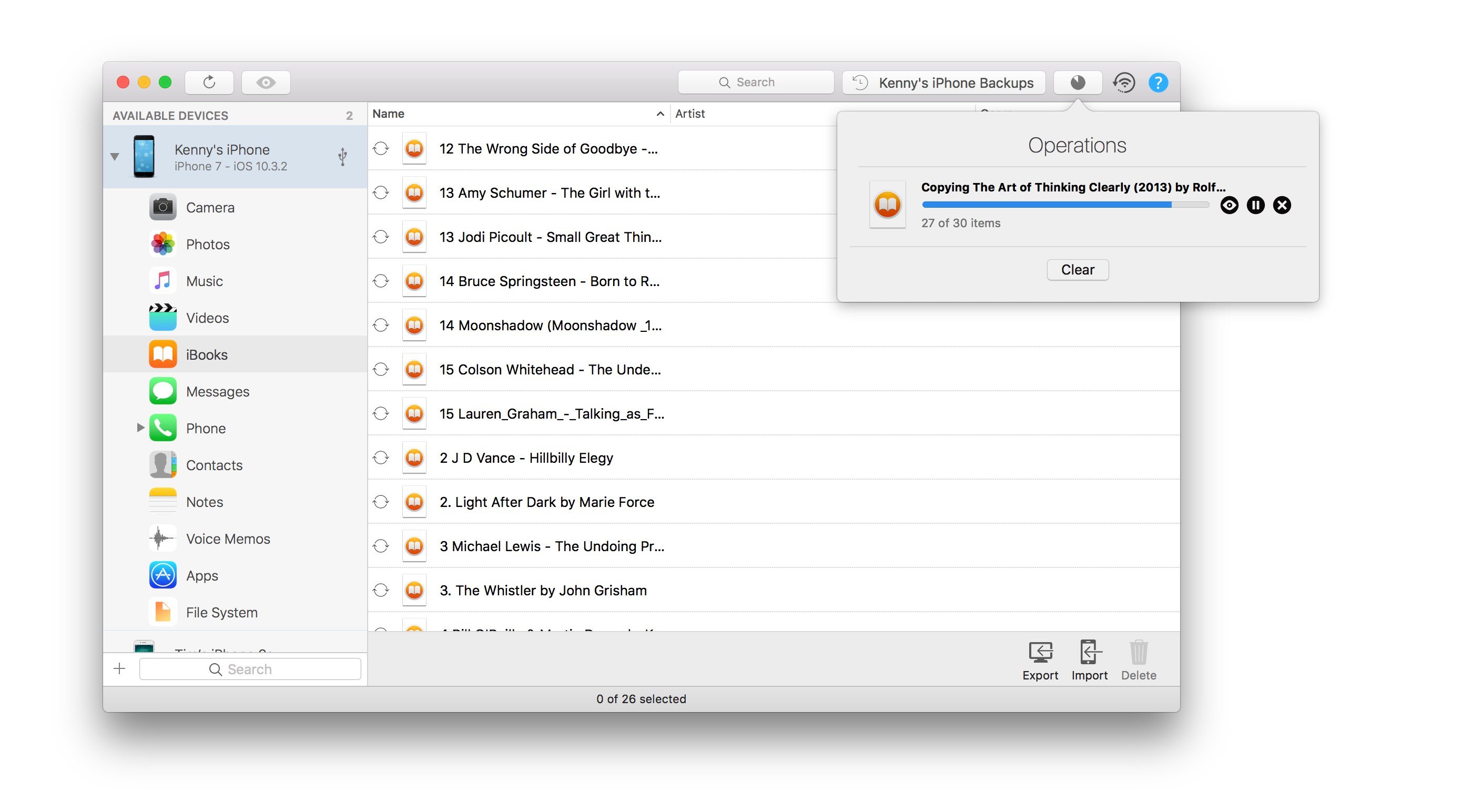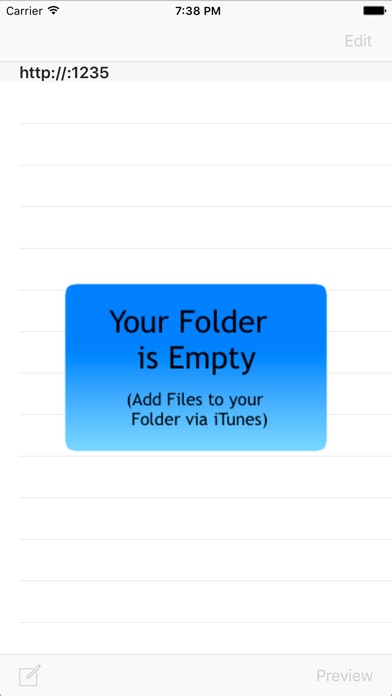


If you want to get done sooner, then the fastest way is by updating with a Mac or PC through Finder/iTunes. The easiest way is definitely over-the-air, but it isn't always the fastest. Enter the Passcode on your iPhone if promptedĪs you can see, the process for getting iOS 16.3.1 on your iPhone is very easy and straightforward.Click on Check for Update in the Summary pane.Under Finder, click on the device icon at the top left to go to the device tab.Plug your iPhone in using your USB to Lightning.Simply connect your iPhone via USB and head to Finder on MacOS Catalina and newer. If you have limited space on your device or Software Update isn't working for whatever reason, you can update using your Mac. Less-common operating systemsįor more information on installing Node.js on a variety of operating systems, see this page.How to install the iOS update using your Mac Or see this page to install npm for Linux in the way many Linux developers prefer. One of the installers on the Node.js download page.If you're using Linux or another operating system, use one of the following installers: Linux or other operating systems Node installers Other versions have not yet been tested with npm. Be sure to install the version labeled LTS. If you're using OS X or Windows, use one of the installers from the Node.js download page. If you use Linux, we recommend that you use a NodeSource installer. If you are unable to use a Node version manager, you can use a Node installer to install both Node.js and npm on your system. Using a Node installer to install Node.js and npm Node version managers allow you to install and switch between multiple versions of Node.js and npm on your system so you can test your applications on multiple versions of npm to ensure they work for users on different versions. Npm -v Using a Node version manager to install Node.js and npm


 0 kommentar(er)
0 kommentar(er)
